Oct 4
Record-high residential electricity prices in Oslo
Following the upward trend of the past months, the retail price for a typical household in Oslo, currently stands at 171.88 øre/kWh incl. VAT, a 19% increase compared to previous month’s price. So, what is driving prices up?
The Norwegian market is very responsive to the wholesale cost due to its regulations. According to Nord Pool, all regions of Norway have reached their all-time high wholesale prices with southern and central areas (such as Oslo, Bergen and Kristiansand) being the most expensive. The average electricity wholesale price in Oslo stood at 748,34 NOK/MWh in August 2021 which is significantly higher comparing to previous years: 346.01 NOK/MWh (+116%) in August 2019, 38.88 NOK/MWh (+1825% !) in August 2020. The upward trend continues during September, reaching the all-time high price of 1232,17 NOK/MWh on the 16th of September 2021.
The main reasons for the increased wholesale prices fall within the following three categories:
- Decrease in hydro generation: Norway is and will be a hydropower nation. Hydro generation can vary significantly among different years as it is closely related to the weather conditions. For instance, during the same period last year wholesale price was occasionally negative, as the water reservoirs were full. On the contrary, this year, water in the reservoirs and snow in the mountains are far below normal; in parts of Norway reservoirs have not been lower for more than 20 years, resulting in a massive price difference between the northern and the southern regions of the country.
- High demand during past months: Last year’s cold winter led to increased electricity consumption for heating. Additionally, Southern Norway has exported large amounts of energy to the continent, as supply strived to reach high demand. Norway in total hit a record in power exports by selling 5 billion Kr worth of energy to other countries during the first half of 2021. Although central and northern Norway are benefitted from increased wind and hydro production, the south can’t buy any of the surplus power since there is low transmission capacity from the north to the south. Buying from Europe is also not an option since electricity prices in Europe are even higher. During autumn, southern Norway is expected to be connected to Great Britain with a new cable. This link might slightly increase the price in Norway even more, as studies anticipate further increases in the Norwegian demand due to the higher exports via the new interconnector.
- EU climate measures: The EU has announced tougher climate measures, including a decreased amount of CO2 emissions allowances in the EU Emissions Trading System (ETS), which resulted to sharp rises on their price over the past year.
In the foreseeable future, a wet weather could relieve the market. The precipitations which have been predicted for the autumn are expected to replenish the reservoirs in southern Norway and dampen the prices. This will serve as a temporary deep breath, but the market is expected to follow its recent trend for the next year.
Author: Iliana Papamarkou, Data Analyst
Sources:
[1] World Republic News: “Today in Norway: A roundup of the latest news on Tuesday”, 28.09.2021
[2] THE LOCAL no: “EXPLAINED: Why are energy costs soaring in southern Norway?”, 08.09.2021
[3] NRK: “Derfor er det ko-ko strømpriser nå”, 16.09.2018
[4] Electrical review: “How will the North Sea Link interconnector impact the UK energy market?”, 19.08.2021
